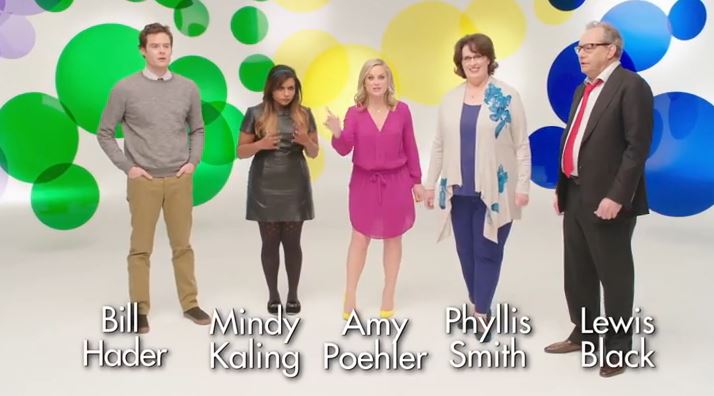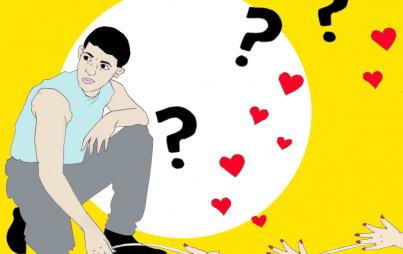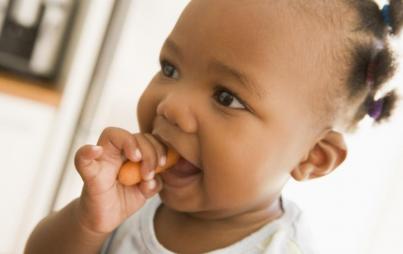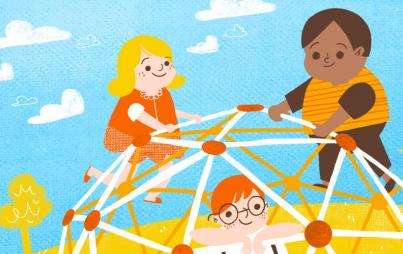
Inside Out Joy and Sadness
The overall theme of Inside Out is both well-meaning and beautiful; the expression of Riley’s conflicting emotions is artfully shared.
Several weeks ago I wrote an op-ed criticism of Pixar’s newest film Inside Out. It spanned the Internet and resulted in several hundred emails and the vivid expression of a whole lot of hatred.
In light of the extreme criticism of my extreme criticism — and in spite of my standard “no response” policy regarding what I’ve written — I’m offering a follow-up article. I’m keenly aware now (if I wasn’t previously) that many people have an abiding love for Pixar. These deep-seated feelings aren’t likely to be shifted by any opinion I share with them — least of all one in conflict with their existing perspective. The vast majority of people who have taken a solid stance in support of the film are the same people who either won’t read this, or will read it and say I’m a moron and a twit regardless.
Nonetheless.
My loudest critics screamed “don’t review a movie you haven’t seen” to which I say, I actually didn’t review the film at all. Having now seen the movie, alas, I write again.
Pixar (and Disney) have been trusted companions in the last 20 years. My oldest child wanted to be Belle from Beauty and The Beast, dress, shoes and all. My middle child ate slept and breathed Toy Story for at least 3 years. Their younger brother watched Finding Nemo until the DVD was worn thin (that’s hyperbole). The films produced by these industry powerhouses saw me through the debilitation of early pregnancy and early post-partum exhaustion, occupying little minds and facilitating my rest. They were by our side during the sleepless nights of a number of illnesses, ranging from mild to terrifying — their messages, only very infrequently a disappointment.
Pixar’s intention is not in question.
The overall theme of Inside Out is both well-meaning and beautiful; the expression of Riley’s conflicting emotions is artfully shared. Each character plays an important role in a multi-faceted story of the human mind. The resulting message? Love, acceptance, struggle, triumph, and an important and honest dialogue around the hard feelings many children's films are afraid to address. I applaud the mainstreaming and normalizing of a spectrum of emotions. And I cried. Hard. I loved it.
It’s important though, as beings capable of critical thinking and reason, that we recognize, children’s movies, regardless the producer, reach beyond the theater. Pixar, like any other production company, exists to profit. And profit they do. The movie itself grossed $3.7 million on just the preview night alone. But extending beyond that first night, we acknowledge that the movie and its characters will be marketed to children (and adults) by way of stuffed animals and greeting cards, mylar balloons and clothing (from underwear to swimwear). Even in coffee mugs. It will infiltrate every corner of Target, presumably for at least the next year. The merchandise will extend far beyond the movie itself. You can still find Buzz and Woody stocking the shelves, 20 years post-production. Their lifespan apparently knows no limit. Even in the theater itself Minions candy is being marketed, with apparently (based on how much I saw being consumed) great success.
Children will be seeing these characters for years, their entire childhood even, and not always with benefit of context. And Sadness will still look sad, just as the other characters will look as they do.
Sadness, I've been told, is modeled after a number of things: tear drop, rain, a likeness of her voice actor. She does, in fact, bear a resemblance to Phyllis Smith. Sadly, that comparison falls flat when you see the voice actors in a lineup, and note that Amy Pohler, the voice of Joy, is actually measurably shorter than Phyllis. Further, the character depiction of Joy A. Looks nothing like Amy and B. Is a head taller than Sadness — when the opposite is true in human form.

Moving on.
Sadness could be modeled after a tear, but it’s not made clear, even in the film. That depiction would be both meaningful and clever, supposing you’ve seen the movie. If one has not seen the movie, and is therefore unaware of any likeness, and context, she doesn’t really resemble a tear at all. She’s just blue and short and chunky; and Sad, obviously. Further, if she is modeled after a tear, what about the rest of the characters? Is Anger a brick?
My problem with the film isn’t the film at all.
My problem with the film is character design and depiction, which clearly illustrates sad (both character and emotion) as short, chubby, blue, shrouded in a bulky sweater, in juxtaposition to joy (again both character and emotion) as tall, thin, bright (in color anyway), cleverly dressed. My problem is children aren’t always capable of contextualizing. My problem is while in context Sadness is ostensibly the "hero" (though that too would be arguable), in depiction she is as she is — sullen, diminutive, sweater and glasses-clad. My problem is when we depict any character a given way, an association is born: We have either dismantled, concocted or sustained a stereotype.
My problem is Joy and Sadness are the depiction of what constitutes a wide spectrum of human emotion. If we are taking liberties with ideas that far reaching, we'd better make sure we are doing it responsibly.
Poor character depiction doesn’t stop (or start) with Inside Out. Consider Disney Princesses in general. Their eyes are quite literally bigger than their stomachs, and not by a small margin. For example: My head is 22 inches in diameter. My waist? Forty. While my head is just slightly more than half my waist, Elsa’s waist is about 3/4 her head i.e. if her head were 22 inches, her waist would be about 16.5 inches — roughly the measurement of my calf.
Children may not be armed with a tape measure, but they are definitely internalizing the message that beauty and happiness are more than just correlated. This notion is both fallacious and harmful, and one I am trying diligently to avoid perpetuating. Pixar isn't helping. And they aren't alone.
Conversations about the media — film or print — and how it influences public opinion need to be ongoing; how it molds thinking, how it is interwoven with the marginalization of entire groups of the population, how it influences our interactions with each other. Films like Fattitude and Miss Representation are talking about this, but are we listening? The criminalization of fat, the loathing of the fat body, the shunning and hatred of fat people in general, suggest that many of us aren't.
Was Pixar being malicious? Certainly not. The image of fat being sullen, even loathsome, is so pervasive that most of the population, including Pixar designers, wouldn’t even pause to consider how that is problematic. But by allowing stereotypes to persist, we are continuing to encourage hatred and self-loathing in a segment of the population that is already consistently internalizing a message of less-than. These suppositions lead us to judgments that may be, and often are, incorrect. They prevent us from viewing things complexly. They thwart intellectual discourse. If we aren't doing something to bring about change, we might as well be doing nothing at all.
I am a fat woman. I spent 20 years of my adulthood agonizing over my body in an exhausting and futile attempt to make it equal what I had been told, and shown, was beautiful. I want the fat women I love and the thin women I love, my children, their children to be able to see worth beyond what they are made to believe they are, or should be. I want to spare humankind, men and women alike, the pain that is self-loathing. I want worth and physique to exist independent of one another. I want the media to know that they have the power to affect change.
I want to talk about it until people not only listen, but hear.







